Oral and Dental Diseases
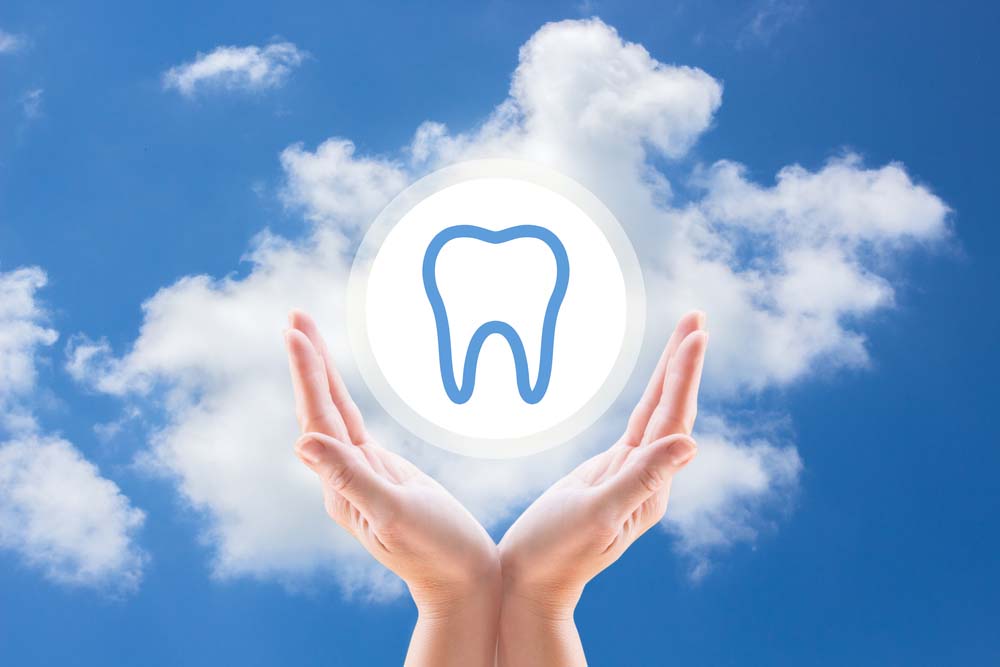
Oral and dental diseases deal with the prevention and treatment of diseases of the teeth and soft tissues of the mouth, including the structures that support the teeth. Dentistry's interests also
include the treatment and correction of deformities of the jaws, misalignment of teeth and birth anomalies of the oral cavity such as cleft palate. In addition to general practice, dentistry includes many specialties and sub-branches such as orthodontics, pediatric dentistry, periodontology, prosthesis, oral and maxillofacial surgery, oral and maxillofacial pathology, endodontics, oral and maxillofacial radiology.
Medical Services
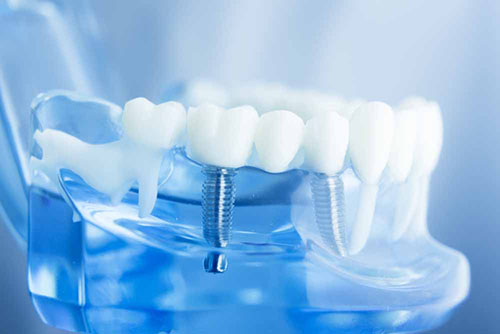
A dental implant is an artificial tooth root. It allows artificial teeth to be attached to the lower jawbone. Dental implants can be visualized as a screw and the jawbone can be considered a piece of wood. Under this analogy, an artificial tooth will be attached to the part of the screw that protrudes above the wood. The thread will be tightly connected to the screw, which will be firmly fixed to the wood. A single dental implant can be used for a missing tooth. Four to eight dental implants can be placed in a jaw with all teeth missing.
Dental implants need to be placed in a sufficient amount of bone that is free of infection. Sometimes it is necessary to create more bone tissue prior to implant treatment for surgical procedures, either to clear existing infection or for implantation procedures such as bony ridge augmentation or nasal sinus elevation.
Dental implant reconstructions can take 6 to 12 months to complete, often due to the recovery time required between surgeries. Due to the bone being a living tissue, it needs time to respond positively to biocompatible titanium implants.

Pediatric dentistry, similar to pediatrics in medicine, deals with the dental care of children and adolescents.
Routine dental care in children is especially important in preventing tooth decay due to the eruption of permanent teeth in place of primary teeth and the maturation of the bone and other structures surrounding the teeth.
Most of the practices performed in this department focus on keeping dental caries under control and include instructions on fluoride use, diet and hygiene. The need to regulate the position of the teeth is the next most common problem. Correction of new-onset abnormalities in tooth alignment may eliminate the need for long-term treatments.

The face is the most recognizable feature of a person. The mouth, which includes the lips, cheeks, jaws, teeth, and gums, makes up the lower third of the face. Cosmetic (or aesthetic) dentistry can bring great benefits to the quality of life for people who need it.
Aesthetic dentistry can be classified as skeletal or dental. Skeletal changes can be achieved with oral surgery, which can change the position of the jaws. Tooth changes can be achieved by adding teeth, removing teeth or moving teeth. The most common materials added to teeth to change their appearance are a tooth-colored plastic or porcelain, which is a type of ceramic. Removal of the external structure of the tooth is carried out with a drill. If only a small amount of the tooth is removed, it's called chipping or reshaping, and nothing is added afterward. If a larger amount of tooth is removed, the porcelain can be attached to the tooth that has been drilled in a new position. With fixed or removable braces, the teeth can be moved to the desired position.

Orthodontics aims to prevent and correct malocclusions in the teeth and accordingly the position mismatches of the teeth in the mouth. Orthodontic treatments have been practiced since ancient times, but treatment methods involving the use of bands and removable appliances have come to the fore only since the beginning of the 20th century.
Individuals of most ages, from children to mature adults, may need orthodontic treatments, but human bone responds best to tooth movement in someone under the age of 18, and children generally benefit more from treatment than adults. In general, oral health and physical appearance are the two most important reasons for performing orthodontic treatments.
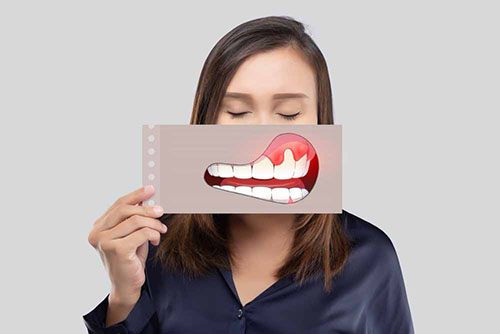
Periodontology deals with the prevention, diagnosis and treatment of diseases of the periodontal tissues, which are the tissues that surround and support the teeth. These tissues mainly consist of the gums, jaws and their associated adjacent structures.
The most common periodontal disease is periodontitis, colloquially called pyorrea, which is an inflammatory condition usually caused by local irritants. Periodontitis destroys periodontal tissues if untreated, and untreated periodontitis is one of the most important causes of tooth loss in adults.
Bacterial plaque, a soft layer of bacteria-rich substance adhered to the outer layer of teeth, is believed to be the main factor responsible for the destruction of the gums and tissues surrounding the teeth. Periodontists keep periodontal tissues healthy by preventing the formation of such plaques with certain treatments and controlled hygiene practices.
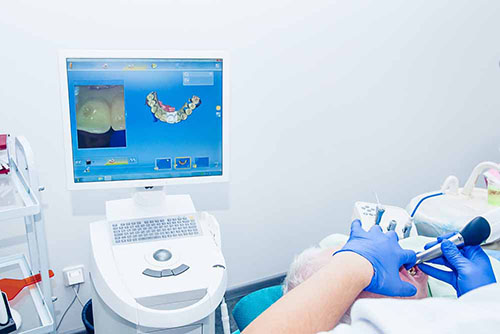
Prosthodontics is the unit that provides the restoration and preservation of oral function, comfort, appearance and health by replacing missing teeth and adjacent tissues with artificial equipment or prostheses.
Prosthodontists have specific training in the construction and placement of fixed and removable appliances to replace missing teeth. They also perform treatments with special prosthetic devices designed to close the defects in the roof of the mouth in cases of cleft palate. Maxillofacial prosthesis, which is a sub-specialty of prosthodontics, is concerned with the reconstruction of the damaged, lost jaw or other facial areas due to surgery, disease, congenital defects, by means of prostheses created using latex, silicone or other modern materials.
Proper fitting of oral prostheses; It requires detailed knowledge of head and neck anatomy, physiology of the neuromuscular system and occlusion and jaw movements. It also requires skill in planning, mouth preparation, impression taking, jaw relationships, trial procedures, placement of dentures, and follow-up care.
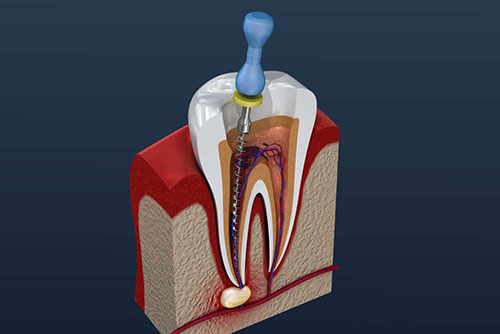
Endodontics deals with the treatment of problems inside the tooth, including the pulp chamber, pulp canal and adjacent structures. Root canal treatment and whitening of dead teeth are standard treatments applied by endodontists.

Oral surgery deals with the diagnosis of diseases, injuries and defects of the human jaws and related structures and the surgical applications that this entails. Both dentists and doctors refer a wide variety of specific dental problems to an oral surgeon. These may include removing impacted and infected teeth and treating cysts, tumors, lesions, and infections of the mouth and jaw. In addition, more complex problems such as jaw and facial injuries, cleft palate and cleft lip are also treated by oral surgeons.
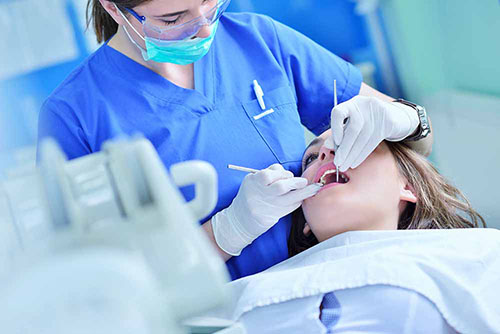
Reconstructive dentistry typically includes any major reconstruction to be performed inside the mouth with the use of porcelain and metal. Reconstructive dentistry may be needed by people who have multiple serious cavities, extensive severe gum disease, or have had an accident. Reconstructive dentistry often includes a combination of all dental specialties; patients may need multiple crowns (caps), gum treatment, root canal treatment, braces or oral surgery including dental implants.
Reconstructions are planned primarily to stop the persistence of active disease and then to repair the damage. Major potential sources of postoperative pain are often eliminated early in treatment by performing root canal therapy when indicated. Production of final porcelain bridges usually begins 6 to 12 weeks after any necessary surgery has been completed.

